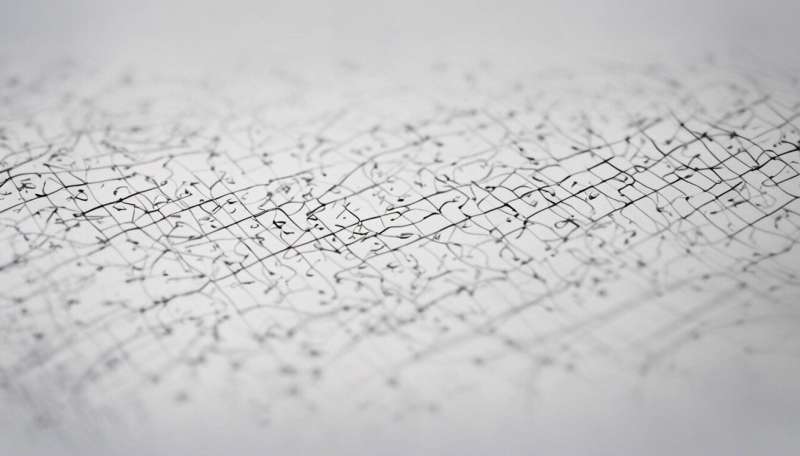Quantum or not? Mathematical equations resolve nanostructures behavior

Understanding the transport of electrons in nanostructures and biological molecules is crucial to understanding properties such as electrical conductivity or the biochemical behavior of molecules. However, determining whether the electrons are behaving according to the classical laws of motion or the quantum mechanical regime at the nanoscale is challenging because many nanostructures fall in a grey area between both regimes. Japanese researchers from the RIKEN Advanced Science Institute in Wako, with colleagues from Germany and Taiwan, have now devised a set of mathematical equations that can distinguish classical from quantum mechanical behavior of electrons in nanostructures.
On a macroscopic scale, objects follow the classical laws of motion. Golf or billiard balls, for example, will follow exact, predictable paths. On a microscopic scale, objects such as electrons move according to the laws of quantum mechanics, where processes occur in a probabilistic manner. Measuring the properties of quantum mechanical systems, however, is challenging.
“In microscopic systems, it is very difficult to perform ideal measurements without disturbing the system,” explains Neill Lambert from the research team. As a consequence, measurements on quantum mechanical systems are difficult to distinguish from invasive measurements on classical systems, says Franco Nori from RIKEN and the University of Michigan, who led the research team. “It is important to be confident that experimental results are not originating from a classical effect, giving a false impression of quantum behavior.”
As a model system, the researchers chose the transport of electrons through vanishingly small pieces of matter known as quantum dots. “Even measuring the current passing through a quantum dot represents an invasive measurement of the system,” Lambert notes. To identify quantum effects, he and his colleagues developed a set of criteria expressed as a mathematical inequality relationship for experimental data from these quantum dots. Any excess over a critical threshold in the formula by a parameter represents a clear sign of quantum behavior. In their simulations the researchers found several regimes at low temperatures where quantum effects in the dynamics of electrons in the quantum dots should occur.
The inequality relation derived by the researchers is based on fundamental principles and therefore applies not only to the transport of electrons through quantum dots, but also to many open, microscopic electron transport systems, says Nori. He believes that it will soon be easier to determine whether electrons in nanostructures follow the rules of quantum mechanics or take the classical route of their billiard-ball counterparts.
More information: Lambert, N., et al. Distinguishing quantum and classical transport through nanostructures. Physical Review Letters 105, 176801 (2010) . See the article here: prl.aps.org/abstract/PRL/v105/i17/e176801 .
Provided by RIKEN















